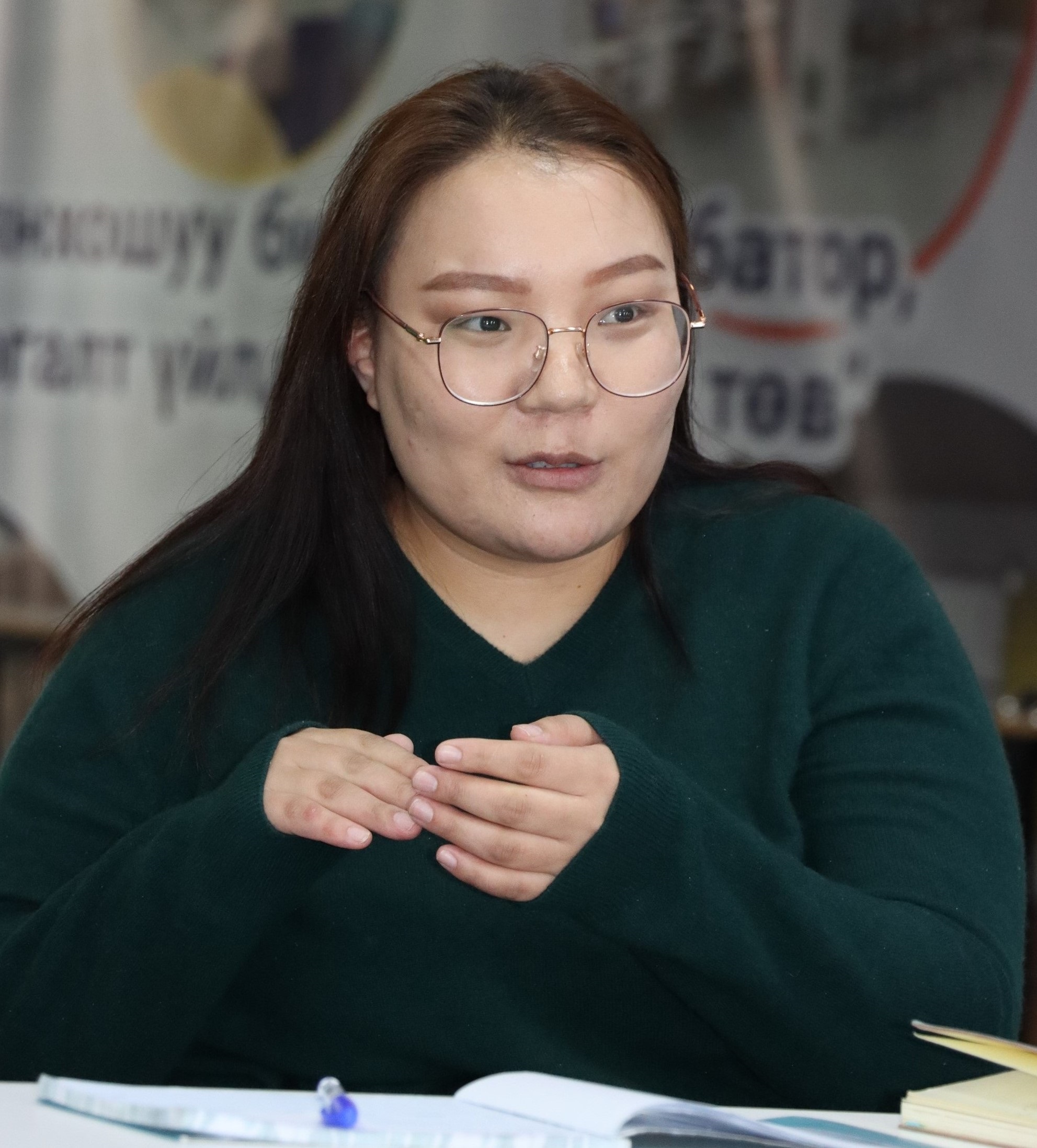When asked what she had learned through the “Youth Urban Ambassador” program, Ms. Bayarjargal.M replied, “I learned lot of new things. I am now more open to listening to others and understanding other people’s points of view. Also I learned interpersonal, leadership and soft skills that I am applying in my daily life and work”.
The 11 Youth Urban Leaders chosen for the Youth Ambassador Program took part in a series of 5 capacity building sessions covering (i) Sustainable development in Ger areas, (ii) Community and Youth Engagement for Urban Planning and Development, (iii) Leadership and Teamwork, (iv) What is Social Inclusion and Exclusion?, and (v) Implementing Youth-Led research in Ger areas. Following these training sessions, the 11 Youth Urban Leaders independently facilitated the following sessions and shared their acquired knowledge and skills with the 55 Youth Urban Ambassadors in the program. Subsequently they successfully conducted the research for a Youth Situational Analysis of the target communities involving 600 youth aged 18 to 30. In addition, the Youth Urban Leaders were divided into six groups, with each group developing a micro-project to improve their living environment and conditions. Prior to developing the micro-grant project, she had received training on how to implement a successful youth-led project. Ms. Bayarjargal’s team intends to carry out the micro-grant project in their own local government area. They are implementing “Furnishing the Child Development Center with the participation of youth” in collaboration with the Africa Asia Development Relief Foundation which is renovating its Child Development Center there. The goal is to organize training on sustainable development goals for teachers, employees, and volunteer members, as well as to organize fundraising campaigns and public awareness activities in support of the development center's activities in collaboration with local government.
One of the advantages of the “Youth Ambassador Program” is that participants learned to accurately identify the problems and challenges faced by people in the Ger areas. Youth Urban Leaders have a clearer understanding of the community’s long-term development needs and the tasks to be undertaken in the future, and they recognize the importance of youth participation in carrying out these tasks. According to Ms.Bayarjargal, it is critical for youth to participate more actively and creatively in changing their lives and solving problems.

